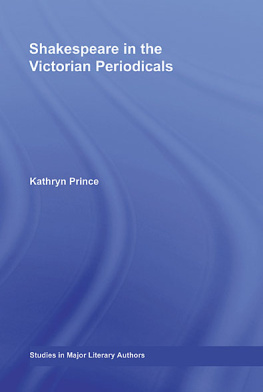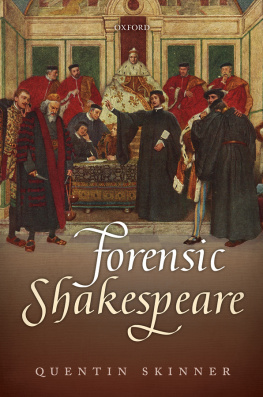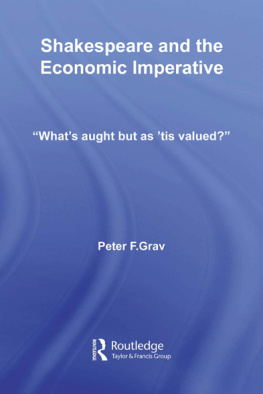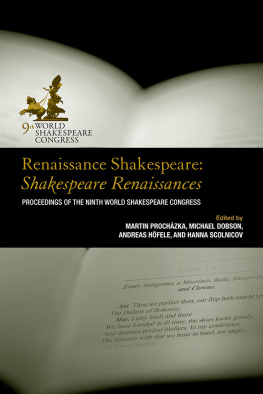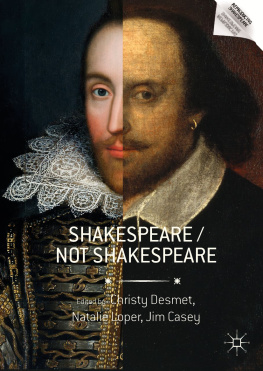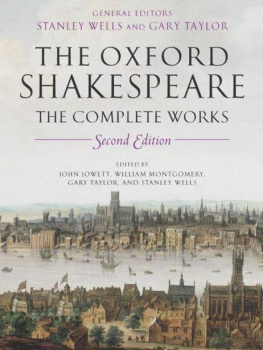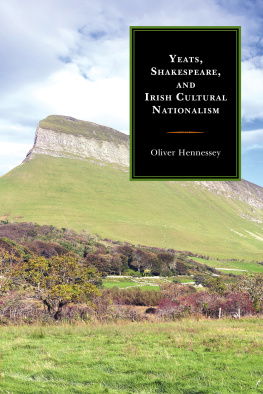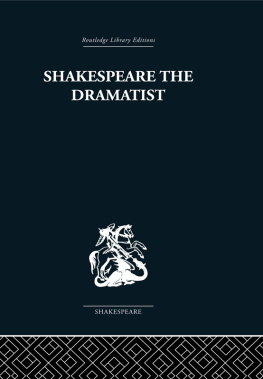First published 2008
by Routledge
270 Madison Ave, New York, NY 10016
Simultaneously published in the UK
by Routledge
2 Park Square, Milton Park, Abingdon, Oxon OX14 4RN
Routledge is an imprint of the Taylor & Francis Group, an informa business
This edition published in the Taylor & Francis e-Library, 2007.
To purchase your own copy of this or any of Taylor & Francis or Routledges collection of thousands of eBooks please go to www.eBookstore.tandf.co.uk.
2008 Taylor & Francis
All rights reserved. No part of this book may be reprinted or reproduced or utilised in any form or by any electronic, mechanical, or other means, now known or hereafter invented, including photocopying and recording, or in any information storage or retrieval system, without permission in writing from the publishers.
Trademark Notice: Product or corporate names may be trademarks or registered trademarks, and are used only for identification and explanation without intent to infringe.
Library of Congress Cataloging in Publication Data
Prince, Kathryn, 1973
Shakespeare in the Victorian periodicals / by Kathryn Prince.
p. cm.(Studies in major literary authors)
Includes bibliographical references and index.
ISBN-13: 978-0-415-96243-8 (acid-free paper)
ISBN-10: 0-415-96243-9 (acid-free paper)
ISBN-13: 978-0-203-92800-4 (ebk.)
ISBN-10: 0-203-92800-8 (ebk.)
1. Shakespeare, William, 15641616Criticism and interpretationHistory19th century. 2. PeriodicalsPublishingGreat BritainHistory19th century. 3. Shakespeare, William, 15641616AppreciationGreat Britain. 4. Shakespeare, William, 15641616Influence. 5. CriticismGreat BritainHistory19th century. I. Title.
PR2969.P75 2008
822.3'3dc22 2007044044
ISBN13: 978-1-135-89657-7 ePub ISBN
ISBN10: 0-415-96243-9 (hbk)
ISBN10: 0-203-92800-8 (ebk)
ISBN13: 978-0-415-96243-8 (hbk)
ISBN13: 978-0-203-92800-4 (ebk)
Preface
In the nineteenth century, Shakespeare became part of popular culture largely through the unprecedented attention accorded to him in the periodical press. Shakespeares rise to the pinnacle of the literary canon in the eighteenth century had made him an essential element of British cultural literacy, and technological and demographic changes in the nineteenth century enabled the wider dissemination of information about him and his works through the inexpensive, accessible periodicals that constitute the major publishing genre of that era. This book charts that dissemination, and considers its impact on Shakespeare reception more widely.
A missing element in Shakespeare reception has been the influential and widely read Victorian periodicals in which articles intended for well-defined readerships are records of alternative Shakespeares. Research focusing on Victorian Shakespeare and on Shakespeare in popular culture has already identified some of the varied representations of Shakespeare available to the Victorians through performance, criticism, and formal education, among others, and this book builds on that recent research.). This analysis is primarily concerned with opening new investigative terrain rather than foreclosing meaning, and will, I hope, lead to further investigations of the periodical evidence by both myself and those who, like me, find in them a rich vein of responses to Shakespeare at a time when his value to popular culture had yet to be established.
Acknowledgments
Thanks are due to the many institutions and individuals who have assisted me with this book. The Social Sciences and Humanities Research Council of Canada was extremely generous to me, funding my doctoral studies in Ottawa, when this book first saw the light of day as a dissertation, and then my postdoctoral fellowship in London, when I undertook the revisions that have, I hope, resulted in a better book. The National Library of Canada, the University of Ottawa library, the Lillian H Smith collection and the Osborne Collection of Early Childrens Books at the Toronto Public Library, the British Library, the Victoria and Alberts Theatre Museum, the University of Londons Senate House library, the Shakespeare Institute Library and the Shakespeare Centre Library have been rich sources of material and, especially, have been congenial places in which to work. Special thanks to Leslie McGrath at the Toronto Public Library, Sylvia Morris at the Shakespeare Centre and Karin Brown at the Shakespeare Institute. My colleagues at the University of Ottawa (especially Colleen Franklin), the University of Londons Birkbeck College, and the Shakespeare Institute (especially Catherine Alexander, Kate McLuskie, and Kate Rumbold) have been sources of both support and stimulating ideas. Thanks to Juliet Creese, Kathy Lockhart and Rebecca White for the warm welcome. A different version of appears in Shakespeare and Childhood (Cambridge University Press, 2007) and is published here with permission, so thanks to the press and to that books editors, Kate Chedgzoy, Susanne Greenhalgh, and Robert Shaughnessy. For their comments on portions of earlier drafts, I must thank Mary Arseneau, Michael Dobson, MJ Kidnie, Jennifer Panek, and Keith Wilson. Irena Makaryk, who read multiple drafts in their entirety, is an amazing woman who has my perpetual admiration as well as my gratitude. Finally, there is Patrick Gargano, who provided support of the financial, technical, and moral varieties at every stage. If dedicating this book to him seems an insufficient reward for his active, patient and insightful involvement in this project, it is all the more so in light of my continued reliance on his goodwill.

